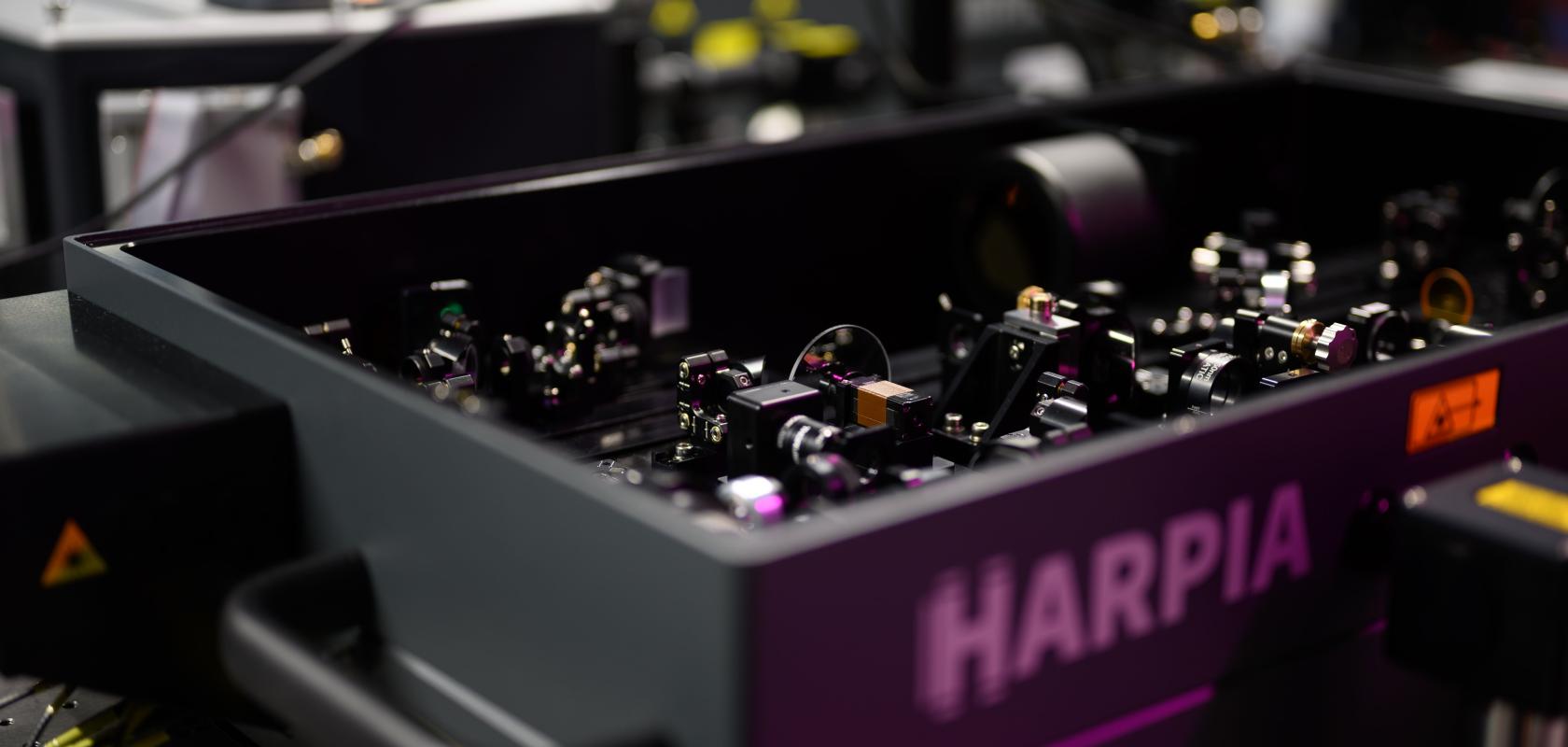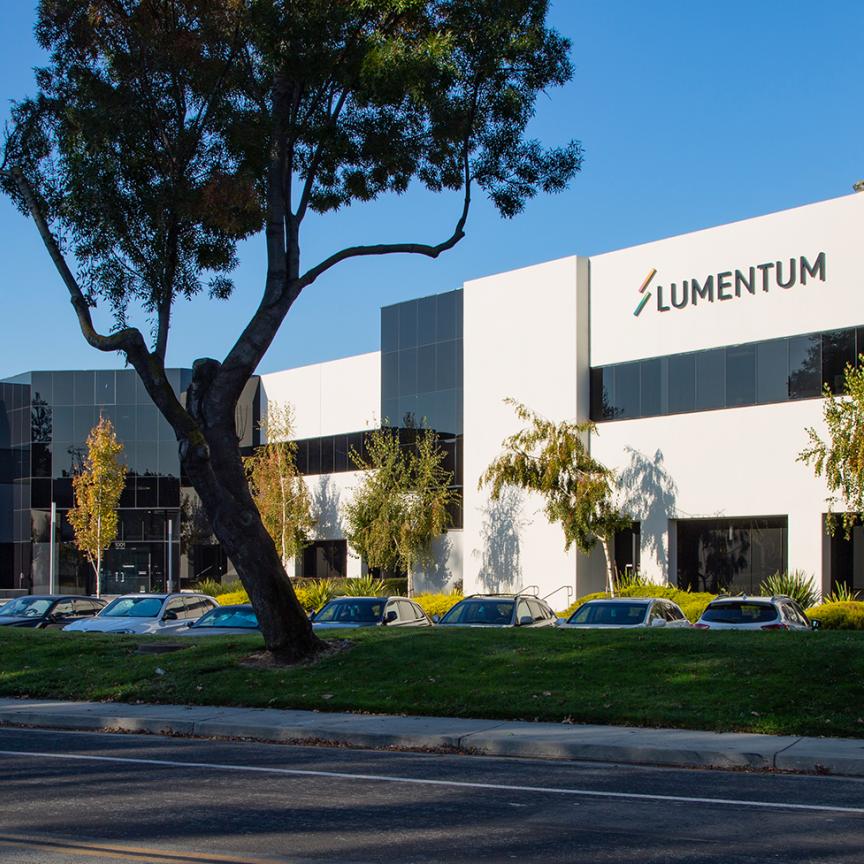Greta Bučytė, of Light Conversion's, shares the many advantages femtosecond lasers deliver to the field of ultrafast spectroscopy
Spectroscopy allows scientists to investigate pathways of energy flow between molecular states, the role of quantum effects in chemical reactions, and the time scales of relaxation processes within complex systems.
It can cover a wide range of time scales, from femtoseconds to milliseconds, depending on the phenomena being studied, and the temporal resolution required to capture the relevant processes.
Molecular vibrations, electronic transitions, chemical reactions, energy transfer and fluorescence are all examples of processes that can be investigated using spectroscopy. Overall, it allows researchers to uncover the dynamic properties of molecules and materials across a broad range of time scales, aiding our understanding of fundamental processes in chemistry and physics, as well as material characterisation for solar cells or light-emitting diodes (LEDs).
Several spectroscopic techniques are available to observe molecular processes. For instance, time-resolved fluorescence spectroscopy carries information on molecular processes in excited states, as well as their decay. There are a few time-resolved fluorescence spectroscopy techniques such as time-correlated single photon counting (TCSPC), fluorescence upconversion (FU), and Kerr gating. TCSPC enables fluorescence and phosphorescence lifetime measurements by measuring the arrival times of individual photons. TCSPC temporal resolution is limited by the detector response time in order of tens or hundreds of picoseconds, and the acquisition speed is determined by the repetition rate of the laser.
Other techniques are therefore necessary if higher temporal resolution is required for faster fluorescence events. Most of these methods are based on nonlinear optical cross-correlation between the fluorescence signal and a much shorter laser pulse. The fluorescence upconversion technique is based on a nonlinear optic method of sum-frequency generation, therefore its temporal resolution is equivalent to the laser pulse duration. A method that can achieve lower temporal resolution and is easier to implement is Kerr gating spectroscopy. In this technique, there is no need to scan wavelength by wavelength as the entire spectrum is captured at once. Fluorescence is good but only contains information about the excited states, whereas interesting things happen in the ground state as well. Therefore, we switch to time-resolved transient absorption spectroscopy.
Transient absorption spectroscopy utilises short laser pulses that can be as short as tens of femtoseconds. These pulses can effectively ‘freeze’ the motion of molecules or materials at specific times during a reaction or a dynamic process. By varying the time delay between the pump and probe pulses, scientists can capture snapshots of the molecular system at various stages of its evolution, providing insights into the underlying dynamics. For this purpose, nanosecond or femtosecond transient absorption techniques can be used. The choice of spectroscopy technique depends on the specific research question, experimental requirements, and the timescales involved. Here are some of many reasons why femtosecond lasers are advantageous:
- Temporal resolution: Energy transfer, molecular vibration, formation of new chemical species such as charge-separated states and similar processes occur in biological systems after photo excitation within femtoseconds. Using techniques with sufficient temporal resolution becomes crucial for capturing these events.
- Detection of short-lived species: These exist for very brief periods and can include excited states, reactive intermediates, or transient species formed during chemical reactions. By using femtosecond pulses, researchers can capture the spectra and dynamics of these short-lived species, providing insights into their properties and behavior.
- Non-invasive: Light-based techniques provide a non-invasive approach to probe samples, enabling researchers to observe the dynamics of the system in its natural state without significant disturbances or alterations. This allows more accurate and reliable analysis of various materials and processes.
Femtosecond lasers and wavelength-tunable sources are the toolkits for ultrafast spectroscopy, providing high temporal resolution and a non-invasive nature to study material properties, as well as the ability to unravel complex phenomena and fundamental processes.
Light Conversion has been a pioneer in this field for almost three decades and has recently brought in a complete commercial solution, called Harpia. With its various modules and customisation options, the Harpia spectroscopy system offers a compact and user-friendly solution to meet the diverse needs in the fascinating science of ultrafast spectroscopy.

Greta Bučytė is a Market Development Engineer at Light Conversion


